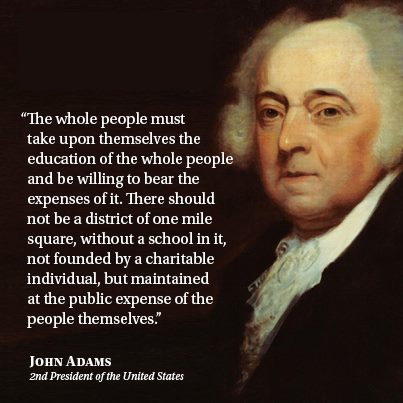Please Note that NYC Department of Education Is Infested with Broadies, Not Bugs
I received a complaint about the wording of the title accompanying the post by Leonie Haimson. Leonie’s post was titled: “Leonie Haimson: Warning! The New York City Department of Education Is Infested with Broadies, TFA!”
Mike Petrilli of the Thomas B. Fordham Institute (and Foundation) [net assets: $44 million] was offended by the title. He asked me not to refer to people as “bugs,” because an “infestation” of Broadies and TFA implies bugs. I wrote the title, not Leonie. I have been writing snappy titles ever since I worked as an editorial assistant at the now-defunct Democratic Socialist magazine called “The New Leader” in the early 1960s (where it was always “Five Minutes to Midnight” somewhere in the world.)
So out of deference to Mike’s wishes, I want to make clear that people who are Broadies and TFA are definitely not bugs.
The term “infestation” usually refers either to pests or parasites. But not always.
They might be zombies. There is such a thing as a “zombie infestation,” like when a whole lot of people trained by Eli Broad or Wendy Kopp (neither of whom was ever a teacher) arrive to kill your school and scatter the children. I googled and found that “zombie apocalypse” and “zombie infestation” are interchangeable. There are numerous references to “zombie-infested” as an adjective and “zombie infestation” as a noun. The CONTINUE READING: Please Note that NYC Department of Education Is Infested with Broadies, Not Bugs | Diane Ravitch's blog
Big Education Ape: NYC Public School Parents: How corporate reformers have become embedded in the Office of District Planning - http://bigeducationape.blogspot.com/2018/12/nyc-public-school-parents-how-corporate.html










